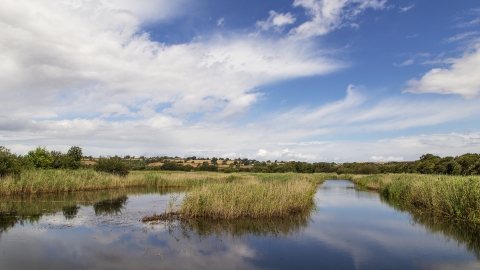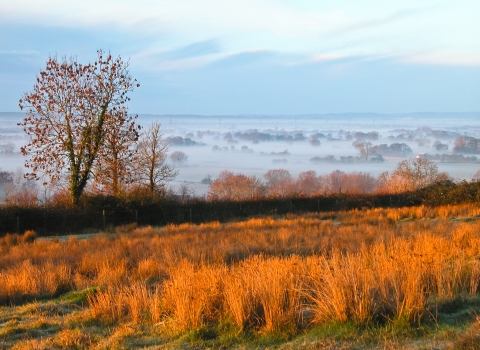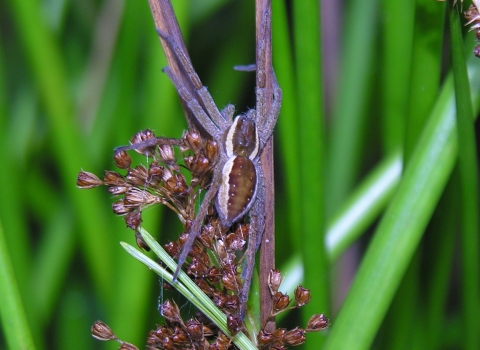The Island hide is currently closed. Please look out for on-site notices.

Westhay Moor - Paul Eaton
Westhay Moor National Nature Reserve
Location
Know before you go
Dogs
However, dogs on leads or under close control are allowed on the public rights of way (the droves) at Westhay Moor NNR and Catcott nature reserve.
When to visit
Opening times
Open at all timesBest time to visit
All year roundAbout the reserve
Internationally acclaimed, Westhay Moor National Nature Reserve is one of the jewels in the crown of Somerset Wildlife Trust’s Nature Reserves and is situated in the centre of the internationally acclaimed and award-winning Avalon Marshes area on the Somerset Levels. Reclaimed from the remnants of industrial-scale peat extraction, and home to the largest surviving remnant of lowland acid mire in the South West.
It is a mecca for wildlife all year round but particularly in the Spring when bittern can be heard booming, and where tens of thousands of overwintering birds make it their home. It is home to 7 of the 9 UK breeding herons and has fabulous resident populations of wading birds, wildfowl and is home to otters, beguiling numbers of dragonflies and also raptors such as hobbies, marsh harrier, peregrine and the odd hen harrier.
Peat can capture a whole load of carbon so it’s becoming increasingly important as part of a broader effort for natural climate change adaptation in Somerset.
Natural England’s Shapwick Heath reserve and RSPB Ham Wall are also close by.
We’ve now created a full StreetView tour of two of the reserves in the Avalon Marshes. You can access a virtual tour from the link below! As well as viewing the virtual tours on your computer or smart phone/tablet you can also view them in a VR headset to access a fully immersive experience.
Contact us
Environmental designation
Extra parking information
It costs £3 per visit to park at the Westhay Moor National Nature Reserve car park.
Season tickets are available at the following charges. £65 for an annual pass and £40 for 6 months and are available to purchase from pweparkingpermits.co.uk.
For additional parking information click here


